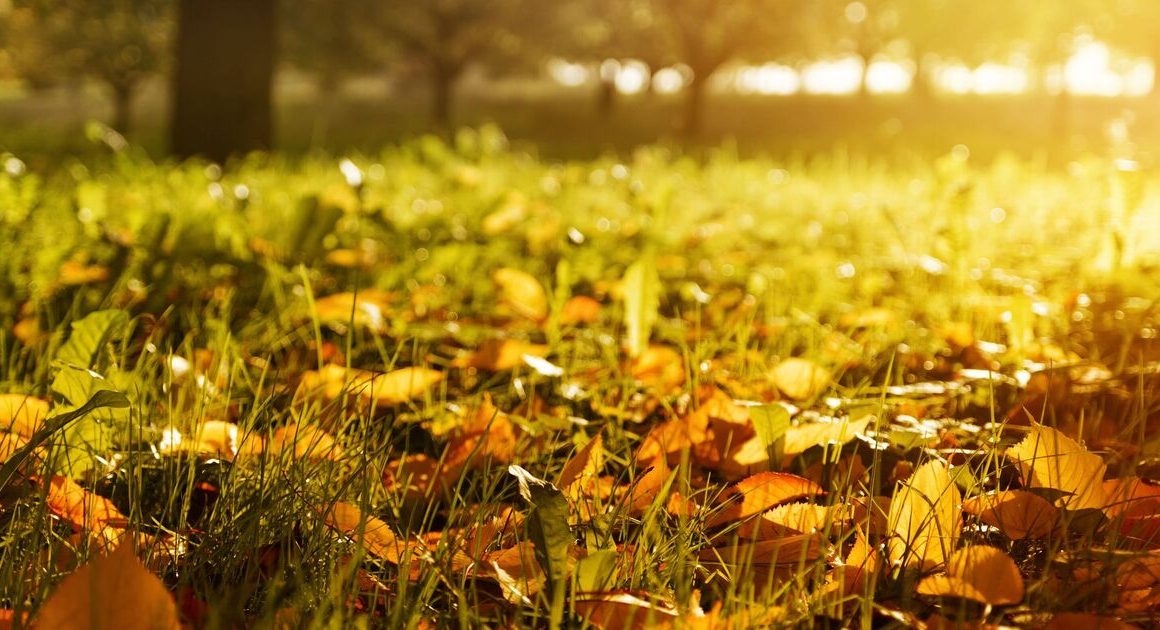Hydrangeas are among the most stunning and eye-catching plants out there, but to achieve their dazzling blooms, it’s crucial to know how to care for them properly.
One of the biggest worries for home gardeners when it comes to hydrangeas is fertilising how much, when and how.
The first step is figuring out when it’s time to fertilise hydrangeas. Generally, applying fertiliser once or twice a year does the job.
The optimal time to feed hydrangeas is in the spring after pruning. Gardeners can also fertilise these plants before winter hits late autumn or early winter is also a good time for fertilising.
Bryan Clayton, CEO at GreenPal and gardening expert, explained: “Hydrangeas are beautiful, versatile shrubs that love nutrient-rich soil. When it comes to using kitchen food scraps as a fertiliser for hydrangeas, there are a few things I’ve tested that work wonders.”
1. Eggshells
Don’t toss those eggshells away as they can serve as a “calcium boost” for your hydrangeas. Calcium is key for cell wall strength, keeping your plants “robust and healthy”.
If you suspect a calcium deficiency, look out for smaller, lighter-coloured leaves that may seem translucent and oddly shaped.
2. Coffee grounds
Most people may not realise, but using coffee grounds can be a “great way” to acidify the soil, which hydrangeas “love”.
Coffee grounds are naturally acidic, and this acidity, when added to soil, makes it easier for plants to absorb nutrients and helps them grow bigger and faster.
Bryan said: “Sprinkling them around the base of your hydrangeas can give them a beautiful blue hue, depending on the variety.”
What’s more, adding coffee grounds to your hydrangea bushes could be the secret to transforming your blooms from purple or pink to stunning blue. It all hinges on how the bush takes up aluminium and reacts to the more acidic soil.
3. Banana peels
Bryan hails banana peels as “excellent” for giving your hydrangeas that extra oomph. They’re packed with potassium, crucial for the plant’s cell function and blooming prowess.
He noted: “They’re rich in potassium, which helps the hydrangea plant’s overall cell function and helps with blooming. Simply bury the peels just beneath the soil surface and it will help promote larger-than-ever flowering.”
This simple trick is among the easiest ways for green-fingered enthusiasts to introduce a potassium kick to their garden soil.
4. Tea bags
Hydrangeas “love the tannic acid” that used tea bags offer. You can either bury the bags near the roots or scatter loose tea leaves on the soil.
The plant can benefit from being fertilised with leftover liquid tea, which can supply minerals and nutrients crucial for its growth.
5. Cooking water
It’s not just solid scraps that can benefit your soil. Bryan suggests using leftover liquid too: “The water you’ve used to boil vegetables, eggs, or pasta contains essential nutrients. Once cooled, you can use this water to quench your hydrangeas.”
Using this type of water for hydrangeas will deliver nutrients to the plants, but it’s essential to let the water cool first.
Bryan concluded: “To make a point, while these kitchen scraps can be beneficial, always ensure that they’re used in moderation. It’s about balance as you don’t want to overload the soil and disrupt its natural pH or nutrient levels.”











